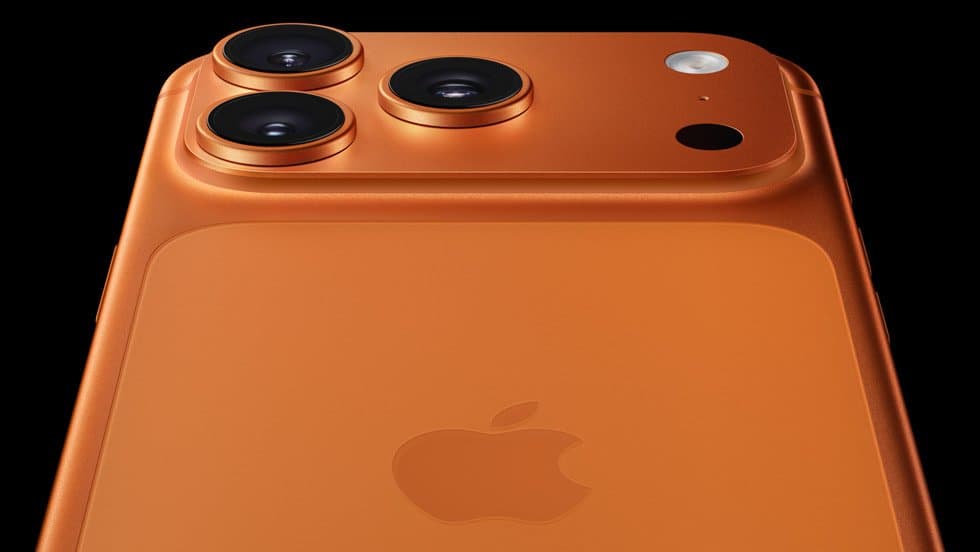Unlocking Apple iPhone 17’s Financial Impact: 5 Key Insights
Explore how Apple’s iPhone 17 launch reshapes premium smartphone demand, market dynamics, and investor sentiment with strong Pro model sales and innovative features driving global excitement.

Key Takeaways
- Apple’s iPhone 17 Pro models drive strong global demand
- A19 Pro chip boosts performance and battery life
- Innovative camera systems appeal to creators and professionals
- Apple faces challenges in AI race and Chinese market share
- Premium pricing reflects enhanced features and durability

Apple’s iPhone 17 series hit the global stage with a bang, sparking long lines and eager customers from London to Beijing. The spotlight shines brightest on the Pro models, which boast a sleek new design and powerhouse A19 Pro chip. This launch isn’t just about new gadgets—it’s a window into Apple’s strategy to captivate premium buyers and creators alike.
But beneath the buzz lies a complex story. While the Pro models soar in popularity, Apple’s stock faces pressure amid concerns over AI innovation and competition in China. This article unpacks five key insights from the iPhone 17 launch, blending tech marvels with market realities.
Ready to dive into how Apple’s latest release reshapes the smartphone landscape and investor outlook? Here’s how the iPhone 17’s features and demand reveal fresh financial narratives worth your attention.
Capturing Strong Demand
The iPhone 17 launch saw eager crowds lining up across Europe and Asia, with the Pro models stealing the show. London’s queues were notably longer than last year’s iPhone 16 release, while Beijing shoppers camped overnight to secure their devices. This surge isn’t just hype—it reflects Apple’s ability to entice premium buyers despite a crowded market.
Why the buzz? The Pro and Pro Max models offer standout features that resonate with users who crave top-tier performance and photography. Retailers and Apple’s online channels reported high pre-order volumes, underscoring a clear preference for these advanced versions.
Yet, not all analysts are fully convinced. Some praise the iPhone Air as a “small positive surprise,” while others await AI-powered updates that could ignite Apple’s stock. Still, the initial sales momentum reveals a strong appetite for innovation wrapped in Apple’s signature design.
Showcasing Design Innovation
Apple’s iPhone 17 Pro and Pro Max break new ground with a fresh aluminum unibody and laser-welded vapor chamber cooling. This tech marvel keeps the phone cool during intense use, preventing the dreaded slowdown that frustrates gamers and power users alike.
The Ceramic Shield 2, now on both front and back, offers triple the scratch resistance compared to previous models. Imagine a phone that’s tougher against everyday wear and tear—this is a game changer for durability-conscious buyers.
The ultra-thin iPhone 17 Air targets those who want a lighter device without sacrificing style. Apple’s design choices blend elegance with practical upgrades, appealing to a broad spectrum of users from casual to professional.
Elevating Performance Metrics
At the heart of the Pro models lies the A19 Pro chip, touted as Apple’s most powerful and efficient yet. This chip fuels longer battery life, faster speeds, and enhanced graphics—perfect for mobile gaming and demanding apps.
But it’s not just raw power. The A19 Pro also boosts on-device AI processing, enabling smarter features under the hood. While some analysts note Apple’s cautious AI progress compared to rivals, this chip lays a solid foundation for future innovation.
For users, this means smoother multitasking and creative workflows, reinforcing Apple’s appeal to professionals who rely on their phones as serious tools.
Advancing Camera Capabilities
Apple’s camera upgrades are a headline grabber. The Pro models sport triple 48MP Fusion cameras, including an all-new telephoto lens with 8x optical-quality zoom—the longest ever on an iPhone. This leap empowers photographers and videographers to capture stunning detail from afar.
The 18MP Center Stage front camera enhances selfies and video calls, while video features like ProRes RAW and Apple Log 2 cater to filmmakers and content creators seeking professional-grade tools.
These innovations transform the iPhone 17 Pro into more than a phone—it’s a creative powerhouse that challenges traditional camera gear, appealing to users who want to tell stories with clarity and flair.
Navigating Market Challenges
Despite the fanfare, Apple faces headwinds. Wall Street worries about the company’s slower AI race pace, with some investors hoping for more AI-driven device breakthroughs. Meanwhile, Apple’s grip on China’s massive smartphone market loosens as domestic rivals like Huawei and Oppo gain ground.
Social media buzz reveals mixed consumer feedback, including complaints about the phones’ susceptibility to scuffs despite tougher Ceramic Shield 2 glass. These nuances remind us that even premium products have trade-offs.
Apple’s shares entered the launch day down 5% year-to-date but edged up slightly in premarket trading, reflecting cautious optimism. The iPhone 17’s success story is intertwined with broader tech trends and competitive pressures shaping the industry’s future.
Long Story Short
Apple’s iPhone 17 launch reaffirms its grip on the premium smartphone throne, especially with the Pro and Pro Max models captivating users hungry for cutting-edge performance and camera prowess. The A19 Pro chip and design innovations like vapor chamber cooling aren’t just specs—they’re the fuel behind strong sales and consumer excitement worldwide. Yet, the story isn’t all smooth sailing. Apple’s cautious AI progress and stiff competition in China remind investors that even giants face headwinds. For buyers and market watchers, the iPhone 17 symbolizes both opportunity and challenge in a fast-evolving tech arena. As you consider your next tech upgrade or investment move, remember: the iPhone 17’s success is a blend of innovation, brand loyalty, and global market shifts. The relief of a device that lasts longer and shoots sharper meets the sting of fierce competition. Stay tuned—Apple’s journey is far from over.